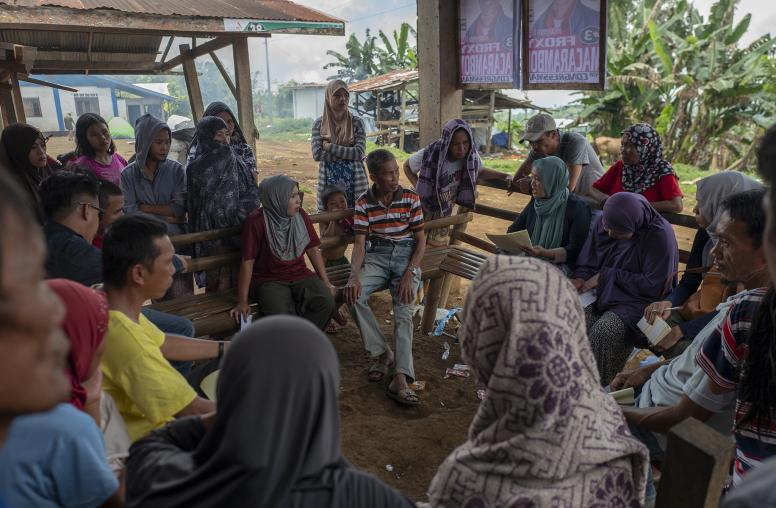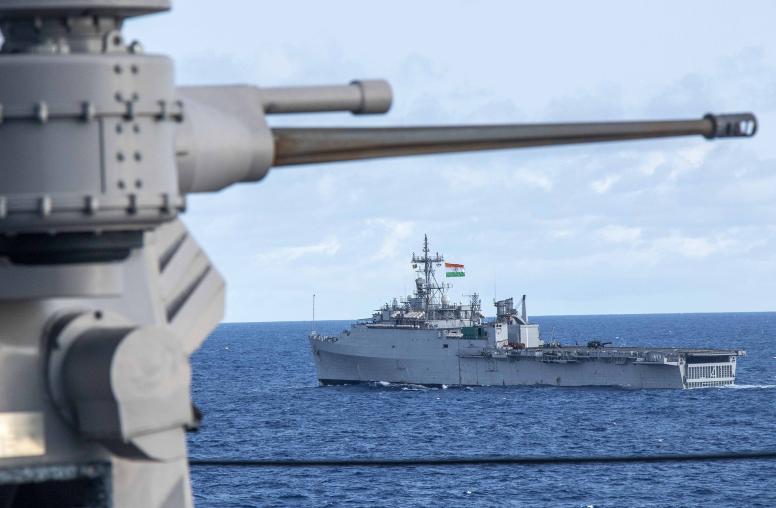Guiding Principles for Stabilization and Reconstruction (The Web Version)
The web version of the Guiding Principles for Stabilization and Reconstruction (S&R) allows readers to experience the fully interconnected nature of S&R missions. Readers can search the text of the manual while also linking quickly from one section to another to access Linkages, Trade-offs, Gaps, Challenges, Resources and other points of connection.
The manual presents the first strategic “doctrine” ever produced for civilians engaged in peacebuilding missions. It is a practical roadmap for helping countries transition from violent conflict to peace. For decades, militaries have been equipped with doctrine that guides their decisions and actions. Civilian actors, however, still operate today without any unifying framework or shared set of principles to guide their actions in these complex environments.
The Guiding Principles seeks to fill this gap. Developed by the U.S. Institute of Peace and the U.S. Army Peacekeeping and Stability Operations Institute, the manual offers two important contributions: 1) a comprehensive set of shared principles and 2) a shared strategic framework. The “Strategic Framework for Stabilization and Reconstruction” is the cornerstone of the manual and is based on a validated construct of common End States, Cross-Cutting Principles, Necessary Conditions and Major Approaches.
Both the principles and strategic framework are built on the wealth of lessons that have emerged from across the peacebuilding community in past S&R missions.




